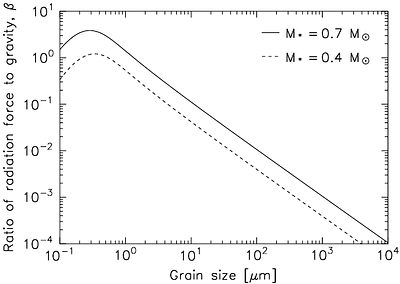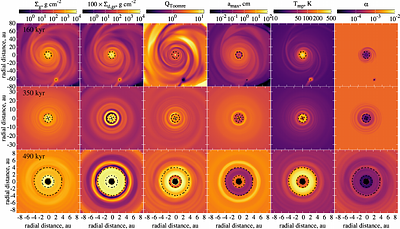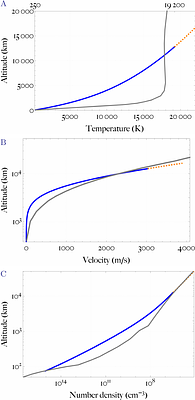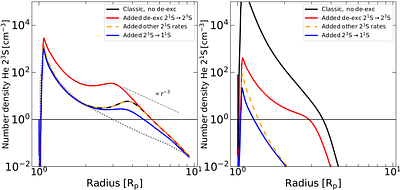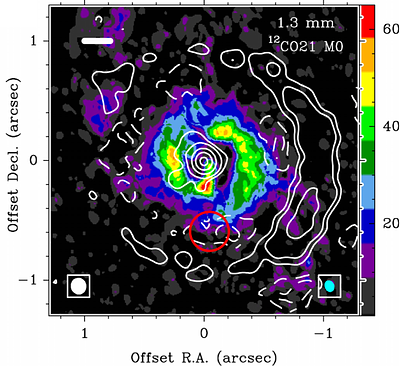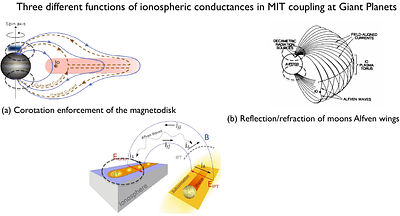By: Alfie Robinson, James E. Owen, Richard A. Booth
By: Tamara Molyarova, Eduard Vorobyov, Vitaly Akimkin
By: Richard D. Chatterjee, Raymond T. Pierrehumbert
By: Matthäus Schulik, James Owen
The First JWST View of a 30-Myr-old Protoplanetary Disk Reveals a Late-stage Carbon-rich Phase
By: Feng Long, Ilaria Pascucci, Adrien Houge, Andrea Banzatti, Klaus M. Pontoppidan, Joan Najita, Sebastiaan Krijt, Chengyan Xie, Joe Williams, Gregory J. Herczeg, Sean M. Andrews, Edwin Bergin, Geoffrey A. Blake, María José Colmenares, Daniel Harsono, Carlos E. Romero-Mirza, Rixin Li, Cicero X. Lu, Paola Pinilla, David J. Wilner, Miguel Vioque, Ke Zhang, the JDISCS collaboration
By: Yuhito Shibaike, Jun Hashimoto, Ruobing Dong, Christoph Mordasini, Misato Fukagawa, Takayuki Muto
By: Chantal Tinner, André Galli, Fiona Bär, Antoine Pommerol, Martin Rubin, Audrey Vorburger, Peter Wurz
By: Oriel A. Humes, Josef Hanuš
By: D. Mesa, R. Gratton, V. D'Orazi, E. Carolo, D. Vassallo, J. Farinato, L. Marafatto, K. Wagner, J. Hom, S. Ertel, Th. Henning, C. Desgrange, D. Barbato, M. Bergomi, P. Cerpelloni, S. Desidera, S. Di Filippo, D. Doelman, T. S. Gomes Machado, D. Greggio, P. Grenz, M. Kenworthy, F. Laudisio, C. Lazzoni, J. Leisenring, A. Lorenzetto, K. K. R. Santhakumari, D. Ricci, F. Snik, G. Umbriaco, M. C. Vega Pallauta, V. Viotto
By: Noé Clément, Yuki Nakamura, Michel Blanc, Yuxian Wang, Sariah Al Saati
